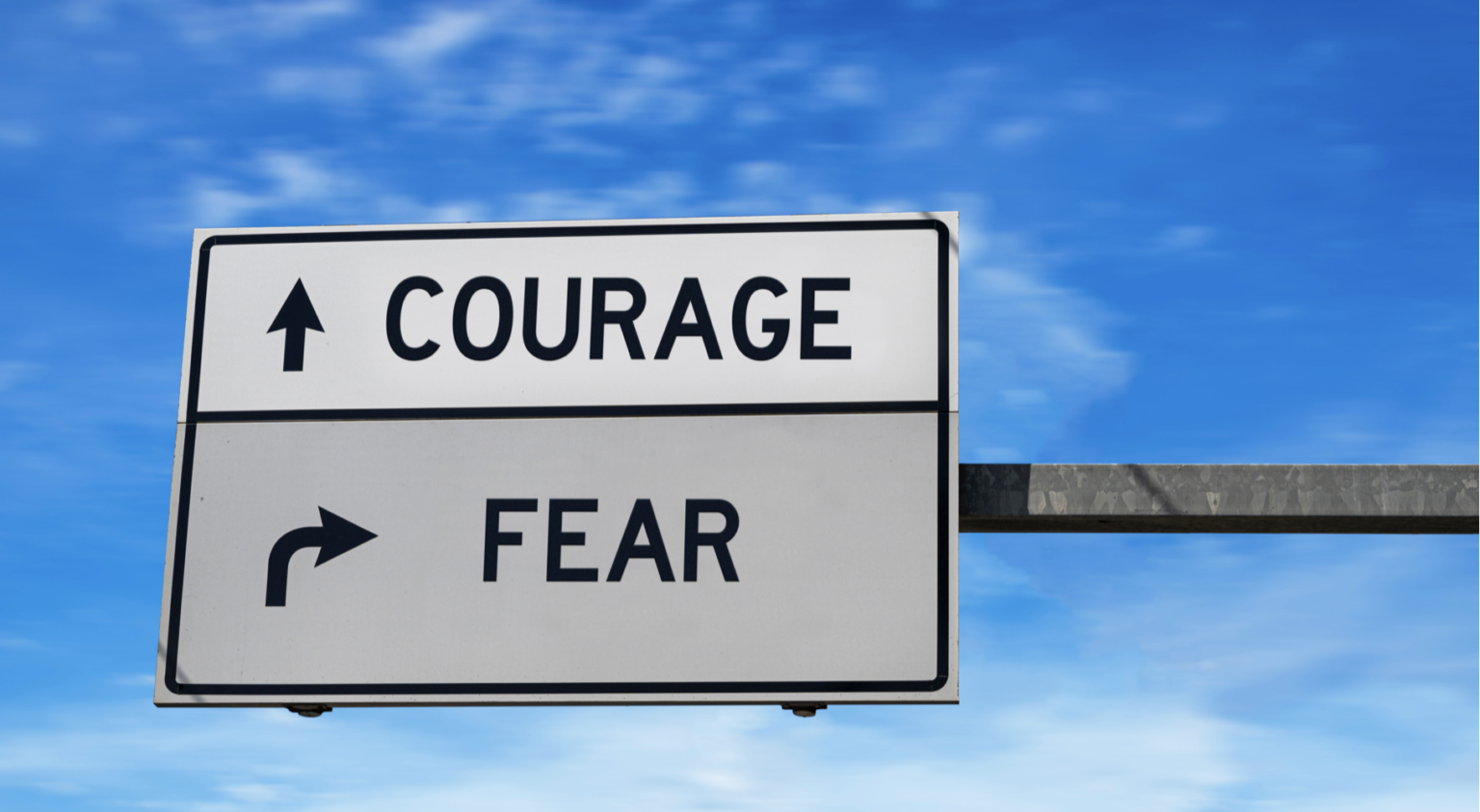Erin Callaghan, Director – Enterprise Partnerships at Futuri Media
“We’ve known we need to change for the last decade. But no one is willing to do the hard things”
I heard this while talking with a TV client recently, and he said it with such resignation that it broke my heart.
The speed at which our business has changed in the last decade – even the last couple of years – is breathtaking. Our industry faces complex challenges from without and within.
In content, we grapple with the kind of content our audiences expect, where they want to consume that content, how they want to engage with that content, how (and how often) we deliver that content.
In sales, we offer a myriad of options that change and grow seemingly daily. Programmatic, OTT, OTA, the implications of ATSC 3.0, the many digital assets available, attribution.
Inside our industry, consolidation of companies, consolidation of roles, elimination of personnel and other internal pressures can leave us reacting more often than strategizing.
These complexities require us to forge new paths if we’re going to remain relevant and competitive. So why do we keep traveling the same roads?
The ultimate barrier.
I think it’s fear. Fear of making the wrong decision. Fear of a tough earnings call. Fear that we won’t have the time to implement a good idea. In fact, I often wonder how many of the company examples in “Good to Great” would have been given the time to flourish in today’s environment.
But we must challenge ourselves and each other to push past that fear and take some risks. Some of the best successes have come from taking risks. Beyonce took a major risk in releasing her self-titled album in its entirety and with no prior promotion. Ten years later, she shattered the record for most Grammy awards. Even though Sylvester Stallone was strapped for cash and had a baby on the way when he wrote the ‘Rocky’ screenplay, he refused any offer that didn’t include him in the lead role.
Interesting that the wildly successful ‘Stranger Things’ found a home on Netflix after 20 networks rejected it. It makes me think of Mark Zuckerberg’s admonition that “In a world that’s changing really quickly, the only strategy that is guaranteed to fail is not taking risks.” I see many companies almost ensuring their failure with safe bets, small measures, and risk aversion.
How can we challenge ourselves to think differently?
Embrace new experiences. Whether it’s taking on a new challenge or trying something outside of your comfort zone, by changing up the routine, you may gain a fresh perspective or learn new skills that can help you reframe your approach.
Attend conferences. If it’s not in the budget to go to CES or NAB, see what your local associations provide. And read recaps of the bigger shows from those who DID attend. The people you’ll meet – whether at national conferences or local events – can be sounding boards for what you’ve seen and learned. They can also inject new viewpoints into your thought process.
Follow and listen to voices in the industry who are sharing their thought leadership. I always enjoy Anstandig on the Future. Our CEO covers a variety of topics that aren’t just limited to broadcast – but often challenge broadcasters to expand their horizons.
Collaborate with technology partners. They often work at the forefront of emerging technologies and can either supply solutions that exist now or can help you co-create new products and solutions.
I’m not suggesting we build the next rocket ship or invent a new form of clean energy or find ways to harvest enough water to hydrate the deserts (I wish I was that smart!). But we must challenge ourselves and each other to embrace new technology, question stale thinking, evaluate status quo, and make some bold moves. A bright future awaits those willing to take the risks. I hope to see you on the other side.



